Mac OS X 10.10.4 Supports TRIM for Third-Party SSD Hard Drives
Earlier today Apple released OS X 10.10.4, an under-the-hood update to OS X that introduced several bug fixes and improvements. One improvement, according to Ars Technica, is support for TRIM for third-party SSD hard drives. We previously covered TRIM likely coming natively to the next version of OS X El Capitan but it appears support has already arrived.
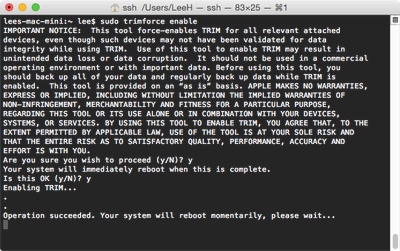
Photo via ArsTechnica
With today’s OS X 10.10.4 update, however, Apple has added a command line utility that can be used to enable TRIM on third-party SSDs without having to download and install anything. Called trimforce, the utility can be executed from the OS X terminal, and it requires a reboot to start working.
TRIM is a system-level command that allows the operating system and the drive to communicate about which areas of the drive are considered unused and thus ready to be erased and rewritten to. In the absence of TRIM, users can see significantly slower drive writes as the drive begins to fill up. Most modern operating systems support TRIM but for Apple's OS X, it has only included support for its OEM SSDs. This means that Mac users looking to install an after-market SSD in a machine originally intended for spinning disc hard drives would run into trouble without the help of other third-party tools.
To enable TRIM, a user just has to type "sudo trimforce enable" into the Terminal window. Ars Technica points out that running TRIM prompts a "scary" message from the system, but notes it's largely because each SSD implements TRIM in a different way, with older disks sometimes acting in a way OS X would not expect.
MacRumors forum readers have been testing and discussing the update in our forums and sharing their experiences.
Popular Stories
iOS 18 will give iPhone users greater control over Home Screen app icon arrangement, according to sources familiar with the matter. While app icons will likely remain locked to an invisible grid system on the Home Screen, to ensure there is some uniformity, our sources say that users will be able to arrange icons more freely on iOS 18. For example, we expect that the update will introduce...
The next-generation iPad Pro will feature a landscape-oriented front-facing camera for the first time, according to the Apple leaker known as "Instant Digital." Instant Digital reiterated the design change earlier today on Weibo with a simple accompanying 2D image. The post reveals that the entire TrueDepth camera array will move to the right side of the device, while the microphone will...
Apple today released macOS Sonoma 14.4.1, a minor update for the macOS Sonoma operating system that launched last September. macOS Sonoma 14.4.1 comes three weeks after macOS Sonoma 14.4. The macOS Sonoma 14.4.1 update can be downloaded for free on all eligible Macs using the Software Update section of System Settings. There's also a macOS 13.6.6 release for those who...
Apple has previously announced three new iOS features that it said are coming to the iPhone later this year, as outlined below. The new features include the ability to install iPhone apps on the web in the EU, RCS support in the Messages app, and next-generation CarPlay. Web Distribution Apple recently announced that eligible developers will soon be able to distribute their iOS apps to ...
Apple's iPhone development roadmap runs several years into the future and the company is continually working with suppliers on several successive iPhone models concurrently, which is why we sometimes get rumored feature leaks so far ahead of launch. The iPhone 17 series is no different, and already we have some idea of what to expect from Apple's 2025 smartphone lineup. If you plan to skip...
iOS 18 will feature a revamped Home Screen that is "more customizable," according to Bloomberg's Mark Gurman. He revealed this information in his Power On newsletter today, but he did not provide any specific details. Subscribe to the MacRumors YouTube channel for more videos. Apple will announce iOS 18 at its annual developers conference WWDC in June. Other features and changes rumored for...
We're getting closer to the launch of new iPad Pro and iPad Air models, while rumors about iOS 18 are continuing to ramp up with this week's surprise revelation that Apple has been talking to Google and others about potentially helping power the generative AI features expected to be a major part of this year's update. Other news this week saw the release of iOS 17.4.1 and iPadOS 17.4.1...



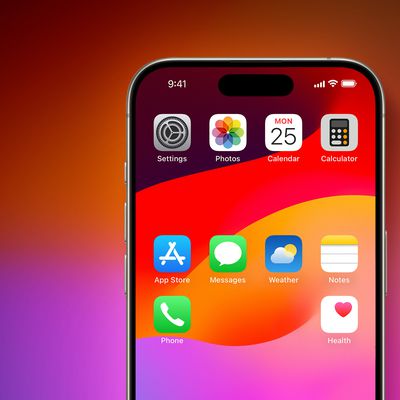
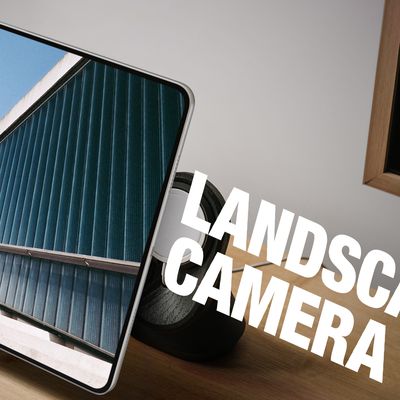
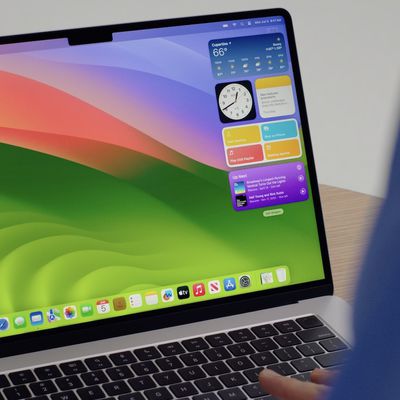
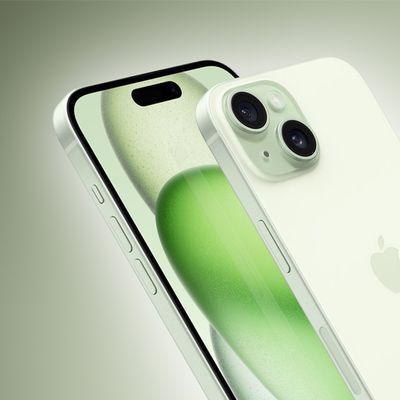


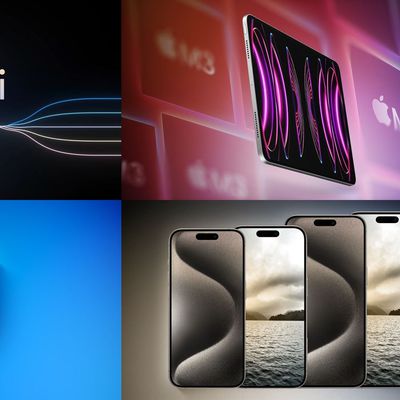




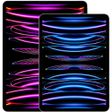


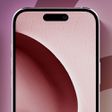




Top Rated Comments
I haven't looked into it too heavily and I know that plenty of people use TRIM with these drives with no issues (I did in the past), but given that I use a Samsung 840, it gives me pause about enabling this feature. Just figured I'd put it out there for everyone else to see.
https://github.com/Temptin/Documents/blob/master/OSX_TRIM_Tutorial.md
---
About Cindori's Disk Sensei and Trim Enabler:
I can already see the confusion growing due to Cindor's intentionally vague statements. The method that Cindori (Disk Sensei/Trim Enabler) is bringing out is *identical* to the "trimforce" command method in my guide. He has created his own .kext file that injects the "Force Data Set Management = YES" option in the exact same way as the official extension. His method is not "safer" at all. It's the exact same thing; with one small difference: He installs the injector to /Library whereas the trimforce tool installs the injector to /System/Library - and the latter is protected by "rootless" on El Capitan, but that seems like an oversight on Apple's part. Either way, you can easily disable rootless, run trimforce, and re-enable rootless on the current El Capitan beta (instructions for that are in the link above). Moreover, it's very likely that Apple is going to fix it before release so that you don't need to even temporarily disable rootless to run trimforce.
I'll say it one more time: There is no reason whatsoever to use Cindori's injector instead of Apple's injector; they do the *exact* same thing. I even suggest using Apple's since they're the ones who created the method, and if any of the implementation details ever change they'll be the first to update their official kext.
There are plenty of reasons to use Cindori's Disk Sensei: Disk space visualization, benchmarking, SMART health monitoring, various tweaks to prolong SSD life (like "noatime"). "TRIM enabling" is no longer a reason to own the tool.
---
As for people's questions about TRIM, GC, etc, I refer to these posts:
* Do we need TRIM? Does OS X use Queued TRIM? Do Samsung 8*-series SSDs break when TRIM'ing?: https://forums.macrumors.com/threads/os-x-el-capitan-opens-door-to-trim-support-on-third-party-ssds-for-improved-performance.1891936/page-10#post-21469307
* About Garbage Collection vs TRIM: https://forums.macrumors.com/threads/os-x-el-capitan-opens-door-to-trim-support-on-third-party-ssds-for-improved-performance.1891936/page-10#post-21469409
* Does TRIM work with Filevault 2 Full Disk Encryption?: Yes ('http://apple.stackexchange.com/questions/26961/does-filevault-2-interfere-with-trim-when-using-an-ssd'). Apple's FileVault driver sends the "TRIM" command to the disk, and zeroes out all unused blocks.
* Does TRIM work with Apple's Software RAID?: No. Their software RAID driver was last updated in 2009, and OS X didn't get TRIM support until mid-2011. Apple's RAID driver has no idea what TRIM is and does not send TRIM to the SSDs in your RAID. OS X cannot simply "pass through" commands to the underlying SSDs (as some people have wrongly assumed), since a RAID means that data is split across multiple drives, which means the OS has no idea "where the data is and which drive to TRIM in a RAID," - it's always the job of the RAID driver to re-map the TRIM requests to the real underlying drives and blocks, and Apple's RAID driver is over half a decade old and doesn't do that job at all. If you are using Apple's software RAID, TRIM will NOT take place (your individual drives will still say "TRIM Supported: Yes", but nothing will be done).
I should probably put all of this information into the TRIM guide document itself, since people bring up these misconceptions over and over again.
Now that TRIM support is back, you can enable it for that drive. The built in GC is no substitute for the TRIM system.
If you keep the SSD mostly empty anyway then the benefits are marginal for most people. If you have a smaller SSD though, or like to fill it up nearly full then you'll benefit enormously from native TRIM on any SSD.